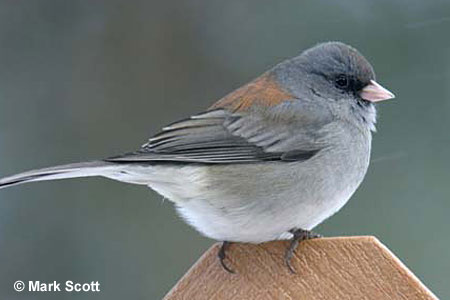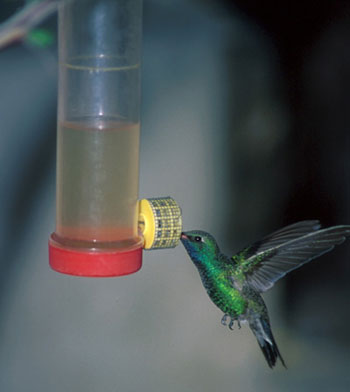
Shown below are birds often seen at backyard feeders. Distribution patterns of individual species can be complex. Basic distribution information for each species has been provided, along with links to the profiles for both the species shown and referenced similar species.
For more information on birds that you might see at your feeders, visit the state-based information section. Select your state and view the Nifty-Fifty mini-guide. It will include 25 of the most often reported backyard birds based on the Cornell Lab of Ornithology’s Project Feeder Watch data.
On this page
- Pigeons and Doves – Family Columbidae
- Hummingbirds – Family Trochilidae
- Woodpeckers – Family Picidae
- Crows and Jays – Family Corvidae
- Chickadees and Titmice – Family Paridae
- Nuthatches – Family Sittidae
- Thrushes, including Bluebirds and Robins – Family Turdidae
- Starlings – Family Sturnidae
- Cardinals, Certain Grosbeaks, Certain Buntings – Family Cardinalidae
- Blackbirds, including Meadowlarks, Blackbirds, Grackles, Orioles – Family Icteridae
- Finches, Crossbills, certain Grosbeaks, Siskins, Redpolls – Family Fringillidae
- Towhees and Sparrows – Family Emberizidae
Pigeons and Doves – Family Columbidae
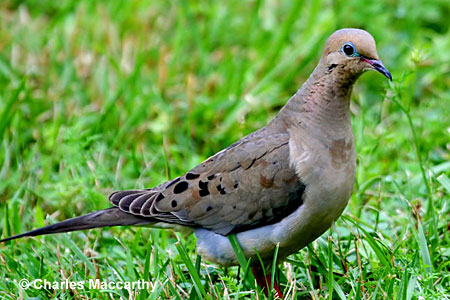
The Mourning Dove typically feeds on the ground. May nest in hanging flower pots. Widespread and common.
Hummingbirds – Family Trochilidae
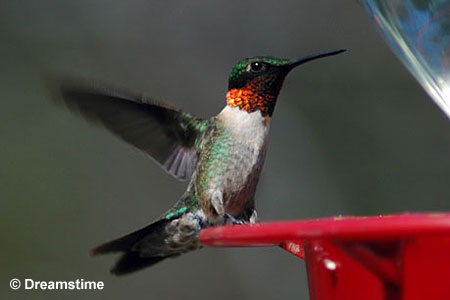
The Ruby-throated Hummingbird is the only regularly occurring hummingbird east of the Mississippi River. Female does not have red throat.
Woodpeckers – Family Picidae
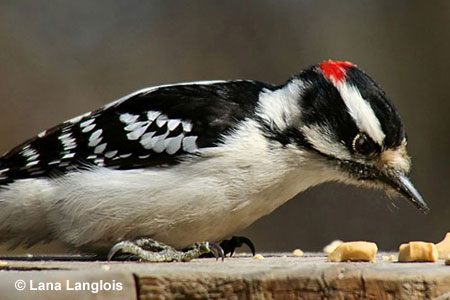
The small Downy Woodpecker is attracted by peanuts and suet. Widespread.
Crows and Jays – Family Corvidae
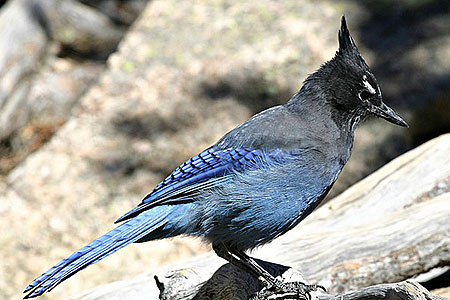
The Steller’s Jay is a western species. It will swallow peanuts whole in the shell.
Chickadees and Titmice – Family Paridae
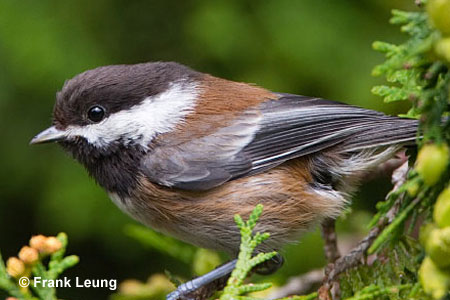
The Chestnut-backed Chickadee is the most colorful chickadee species. Western species.
Nuthatches – Family Sittidae
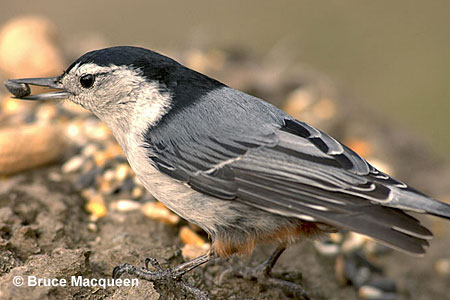
The White-breasted Nuthatch enjoys sunflower and suet. Widespread.
Thrushes, including Bluebirds and Robins – Family Turdidae
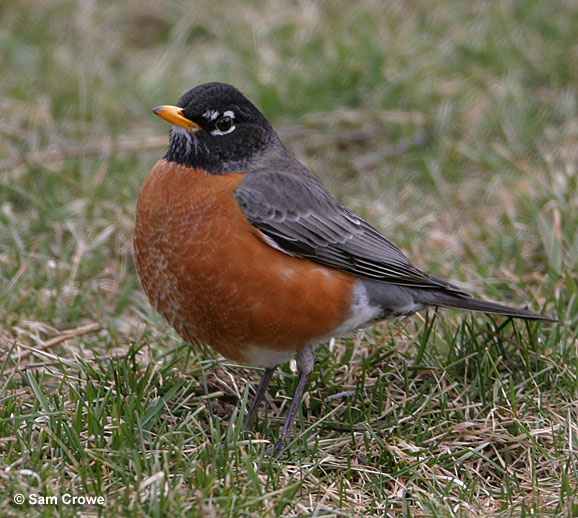
The American Robin is not a typical feeder bird, but is often observed searching for worms in yards and parks. Widespread.
Starlings – Family Sturnidae
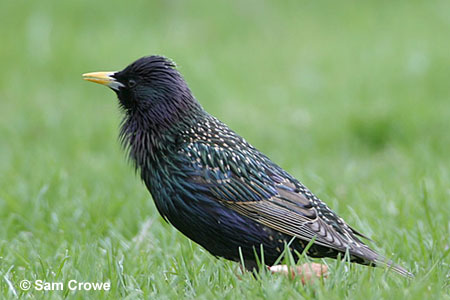
The European Starling is often observed at feeders, especially fond of suet. This introduced species is colorful but competes with native species for nesting locations. Widespread.
Cardinals, Certain Grosbeaks, Certain Buntings – Family Cardinalidae
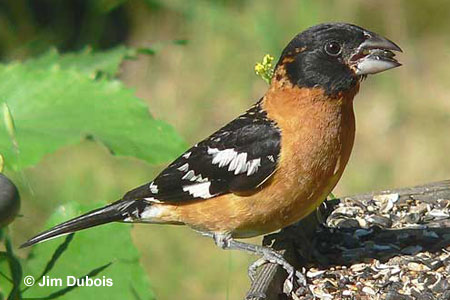
The Black-headed Grosbeak is a popular feeder bird in the western United States.
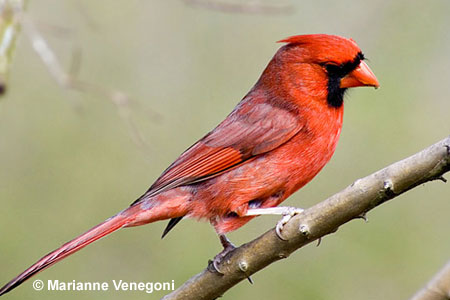
The popular Northern Cardinal is fond of sunflower and safflower. Widespread.
Blackbirds, including Meadowlarks, Blackbirds, Grackles, Orioles – Family Icteridae
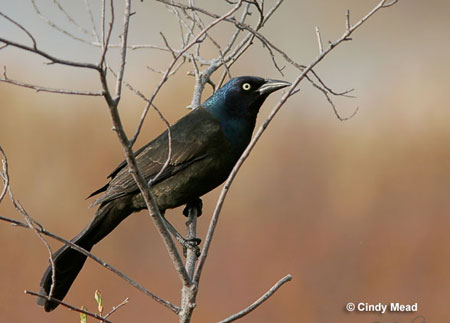
The Common Grackle is a frequent visitor to feeders and consumes large volume of seeds. Eastern 2/3rds of the United States.
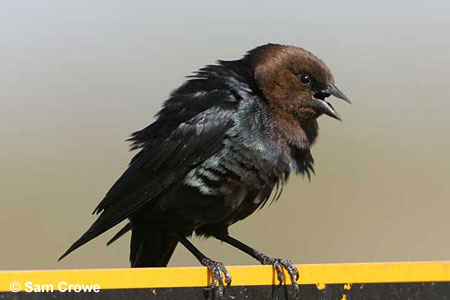
Brown-headed Cowbirds can over-run feeder stations. Widespread.
Finches, Crossbills, certain Grosbeaks, Siskins, Redpolls – Family Fringillidae
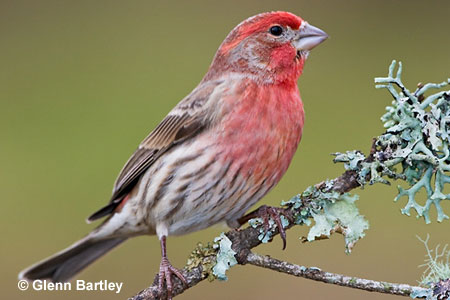
House Finch, male. Widespread and common at feeders.
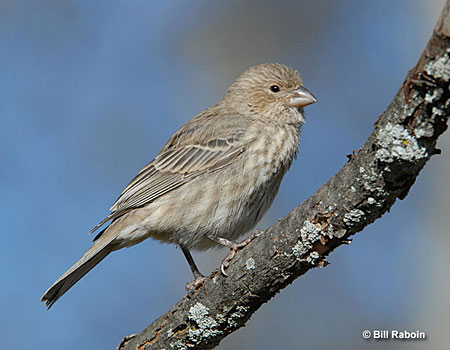
House Finch, female.
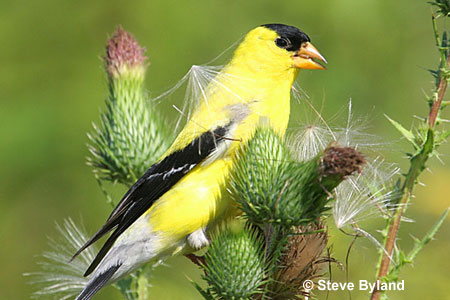
American Goldfinch. Widespread, attracted by sunflower and Nyjer (®WBFI).


